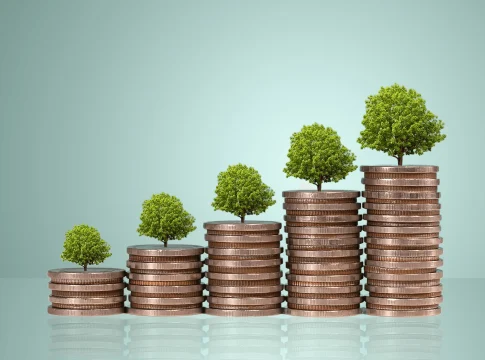Understanding High-Yield Savings Accounts: What You Need to Know
When navigating your personal finance journey, high-yield savings accounts (HYSAs) can be a smart choice to grow your savings. However, before you dive in, it’s essential to understand the restrictions and requirements that often accompany these accounts.
Watch Out for Restrictions
Many HYSAs come with specific limitations that could impact how you manage your finances. Here are some key points to remember:
- Withdrawal Limits: Often, these accounts restrict the number of transactions you can complete each month. If you’re not careful, you might find yourself hitting that limit, which could hinder your access to your funds when you need them.
- Minimum Deposits: Some accounts require a minimum deposit to get started. Be sure to check this before opening an account to avoid unexpected costs.
- APY Limits: Your annual percentage yield (APY) can vary based on your account balance. This means that if you dip below a certain amount, your interest earnings could decrease.
Traditional Savings Accounts Versus HYSAs
Understanding the difference between traditional savings accounts and HYSAs can also guide your decision:
- Where to Find Them: Traditional savings accounts are commonly offered at banks with physical branches, while HYSAs are typically found through online banks.
- Comparative Yields: Sometimes, local credit unions or community banks can offer competitive rates on savings accounts, but generally speaking, online-only banks tend to provide better interest rates.
The Fed’s Role in Your Savings
One of the biggest influencers of high-yield savings accounts is the Federal Reserve. Here’s how it works:
- Federal Funds Rate: The Federal Reserve sets a benchmark rate that affects how much banks charge each other for borrowing. This rate doesn’t just influence institutional lending; it directly impacts your savings account yields.
- Interest Rate Changes: When the Fed raises its target rate, savings yields typically go up, meaning more cash for your savings. Conversely, if the Fed lowers its rate, expect to see a dip in the returns on your savings.
Conclusion: Being a Smart Saver
In a nutshell, while high-yield savings accounts can offer great potential for growth, it’s crucial to be aware of their various restrictions and how economic factors like the Fed rate can affect your earnings. By doing your homework, comparing options, and keeping an eye on interest rate changes, you can make smarter savings decisions and ultimately maximize your financial well-being.
Ready to boost your savings? Start exploring your options today and see how a high-yield savings account can work for you.

Writes about personal finance, side hustles, gadgets, and tech innovation.
Bio: Priya specializes in making complex financial and tech topics easy to digest, with experience in fintech and consumer reviews.

